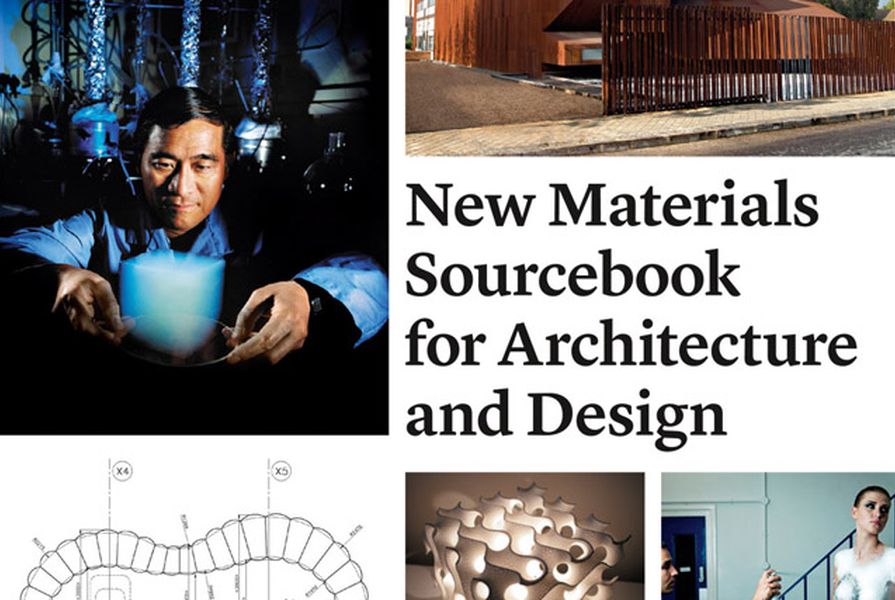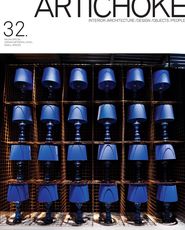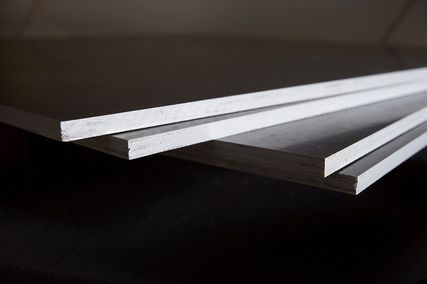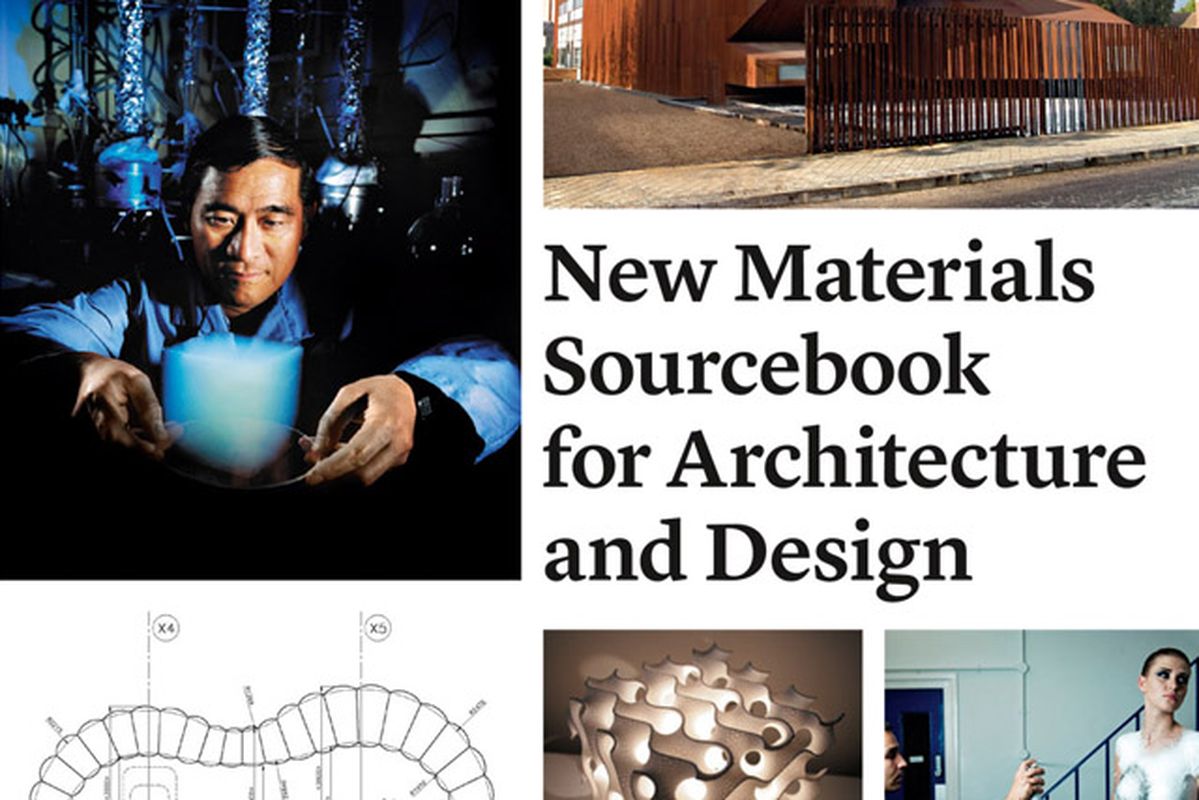Featuring materials that self heal, materials that self clean and those that harvest energy for their own operations, this book serves as a kind reminder that no matter how cutting-edge you might be, there is always something slightly sharper just around the corner.
Perfect as a guide or starting point for any designer, Made Of… is a functional yet beautiful book – the hallmark of good design. Divided into five sections, the book includes materials in various categories such as reinforced, digitized, protective, insulating, illuminated, responsive and recycled. Structural and functional efficiency are discussed for each material and a detailed account of the history and process of construction is provided.
This considered approach means the reader can more fully understand the possibility of each type of material, and can appreciate both its strengths and shortcomings in application. There are lots of photographic examples of materials in situ, accompanied by explanatory caption.
In the section Material Follows Form, which focuses on structures made of a single piece of material, the images of the projects in construction stage are possibly more fascinating than those of the finished product. While it all looks so effortless when complete, these photographs show the impressive engineering that goes into each piece’s creation. From a bridge made of glass and glue; to concrete that bends rather than cracks; to a tablecloth that needs no tabletop, only legs, this volume is sure to surprise, inspire and invigorate both emerging and established designers.
Christiane Sauer, Gestalten 2010, 240 pp, $135.


















